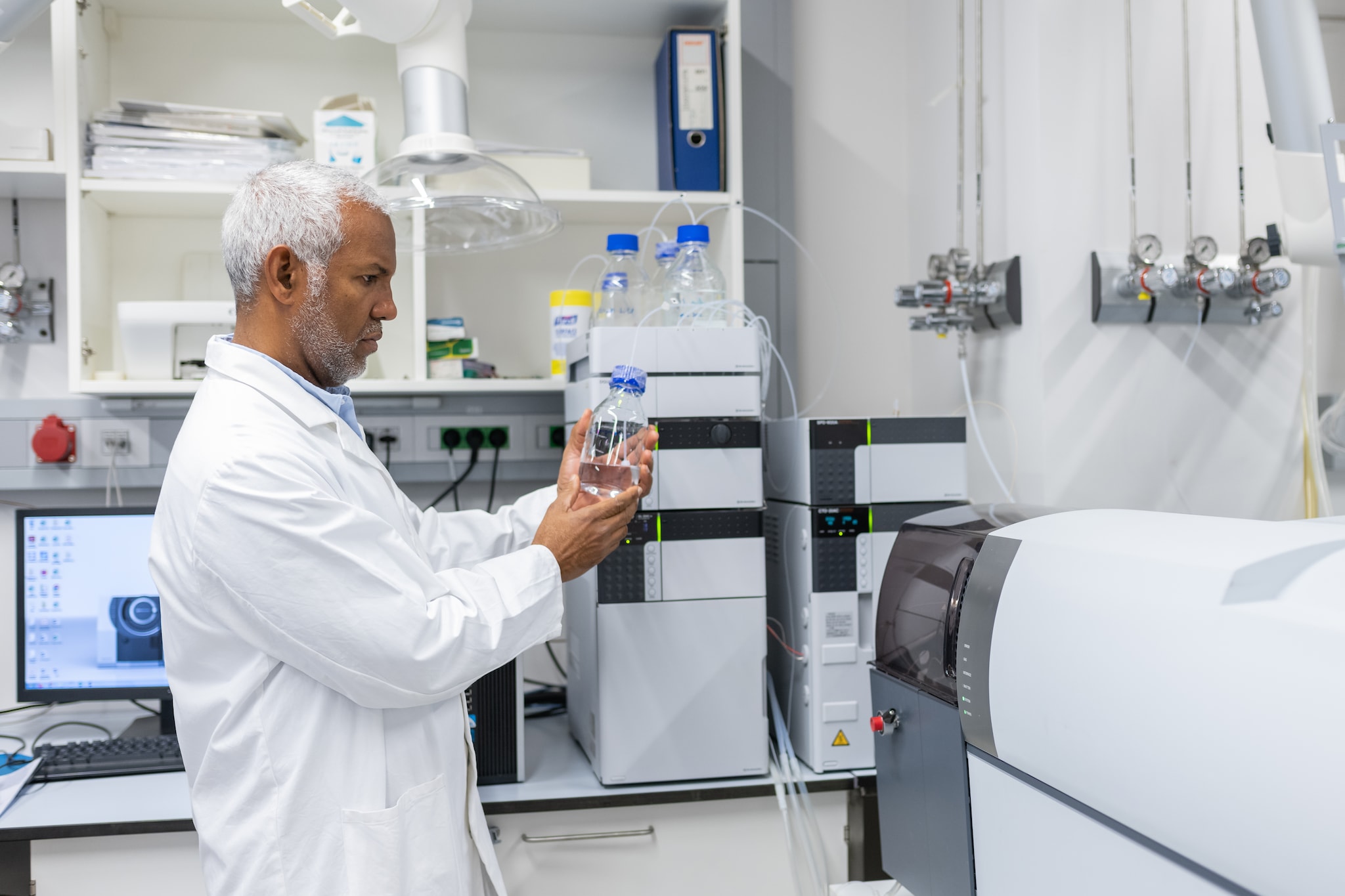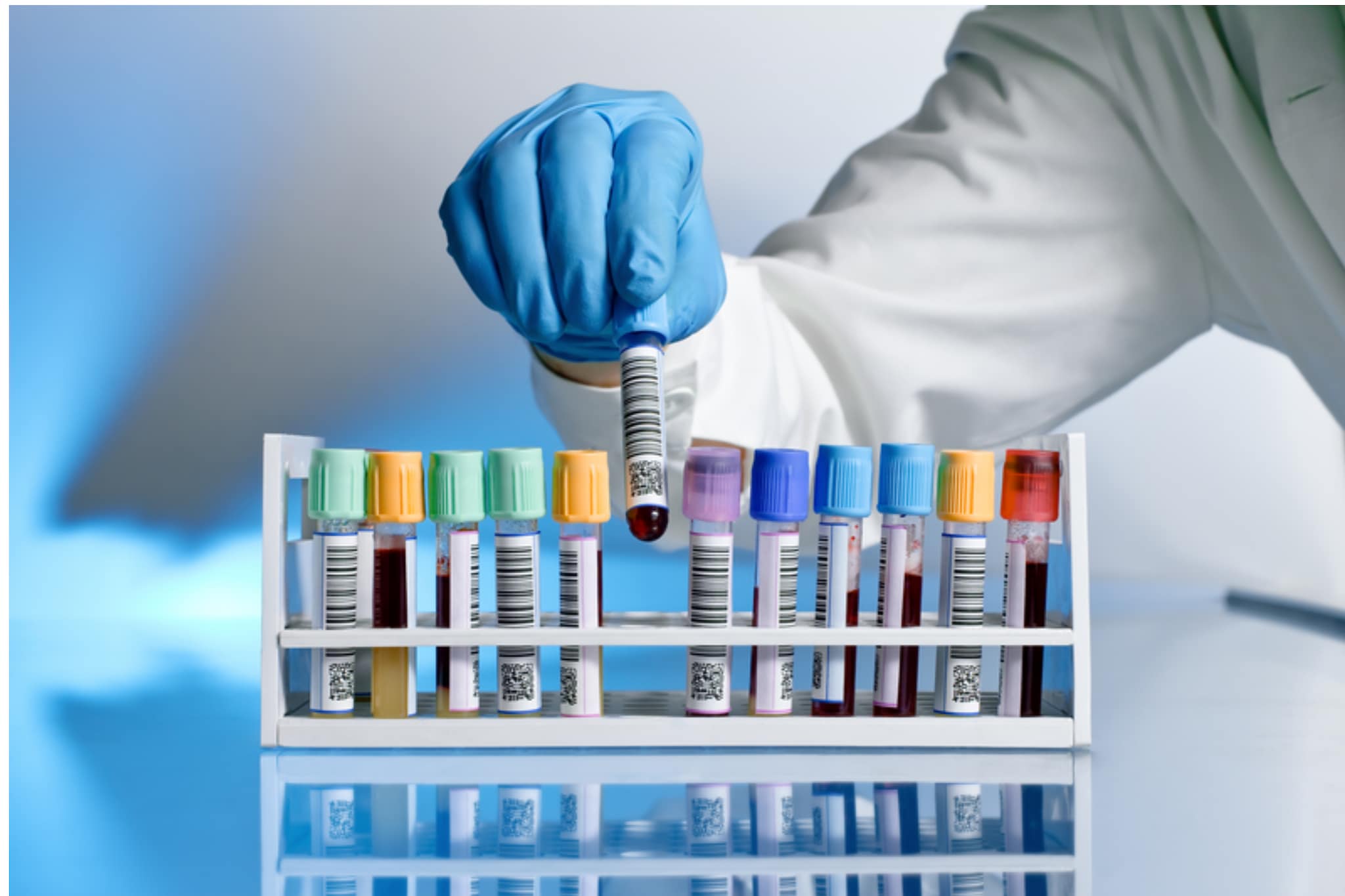At a glance
The measurement accuracy of laboratory tests used routinely in patient care, research, and public health studies can change over time. It is important to note these changes so that correct measurement results are reported. CDC monitors the accuracy of measurements performed in routine laboratories over time.

Monitoring accuracy
CDC offers formal accuracy-based programs for laboratories to monitor their tests, and for researchers to monitor contract laboratories.
Did you know?
CDC monitoring programs
Program
Analytes
CDC Lipid Standardization Programs (LSP)
Total Cholesterol, Total Glycerides, HDL-Cholesterol, Apolipoprotein AI, Apolipoprotein B
CDC Accuracy-based Monitoring Programs (AMP)
Total 25-hydroxyvitamin D, Total Testosterone
CDC Accuracy-based Blind Quality Control Program
Total Testosterone, Estradiol, Total Cholesterol, Total Glycerides, HDL-Cholesterol, Free Thyroxine, Total 25-hydroxyvitamin D
CDC Accuracy-Based Monitoring Program (AMP)
Using the following processes, CDC's Accuracy-Based Monitoring Program (AMP) helps laboratories monitor the accuracy of their own laboratory tests over time:
- CDC provides participants samples with reference values unknown to the participant.
- Participants measure these samples weekly along with their regular patient or study samples.
- Participants report the results of their sample measurements to CDC.
- Using established statistical assessment procedures, CDC compares participants' results to the actual concentrations determined with the CDC reference measurement procedures.
- CDC provides participants with quarterly assessment reports.
To enroll in the program, contact Standardization@cdc.gov.
List of participants within performance criteria
Hormones Certified Assays and Participants
Accuracy-based blinded quality control program
Using the processes below, CDC's laboratory assessment programs help researchers monitor the accuracy of their contract laboratories' tests:
- CDC provides researchers with "blinded" quality control samples, meaning the quality control samples cannot be differentiated from the study samples. These are vials with serum samples an investigator adds to batches of vials with study samples. These vials are labeled in the same manner as regular study samples. The number of quality control samples used, and the frequency with which they are added to the study samples, can vary depending on the needs and requirements defined by the investigator.
- The laboratory measures the samples and reports the results to the investigator.
- The investigator compares the reported values with the actual concentrations using CDC's reference method.
To request blinded quality control samples, contact Standardization@cdc.gov.

